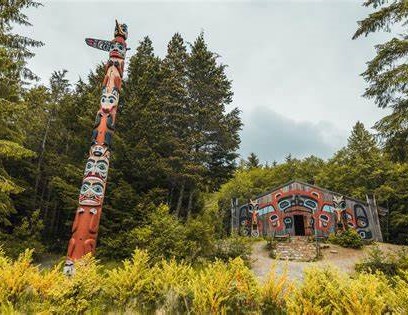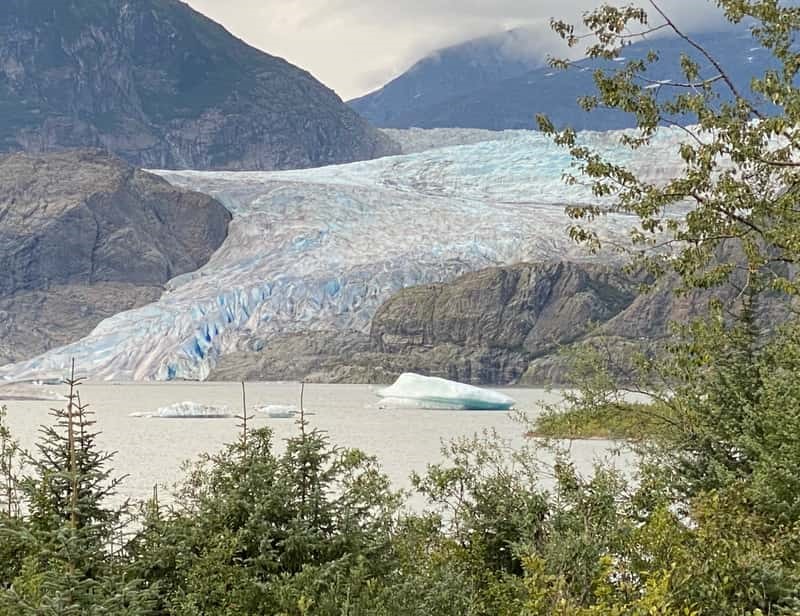
Majestic Princess Cruise to AlaskaSeven NightsSeattle - Ketchikan - Endicott Arm - Juneau -Skagway - Victoria - Seattle August 11-18, 2024 Day 5 - Skagway White Pass and Yukon Railway |
||||||||||||||||||||||
| The White Pass & Yukon Railway round trop to the Summit is a "must" excursion.
The Route climbs from sea level in Skagway to almost 3,000 feet at the Summit in just 20 miles and features steep grades of almost 3.9%. The tight curves of the White Pass called for a narrow gauge railroad. The rails were three feet apart on a 10-foot-wide road bed and meant lower construction costs. |
||||||||||||||||||||||
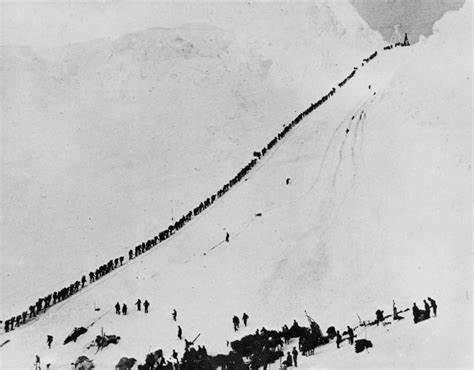
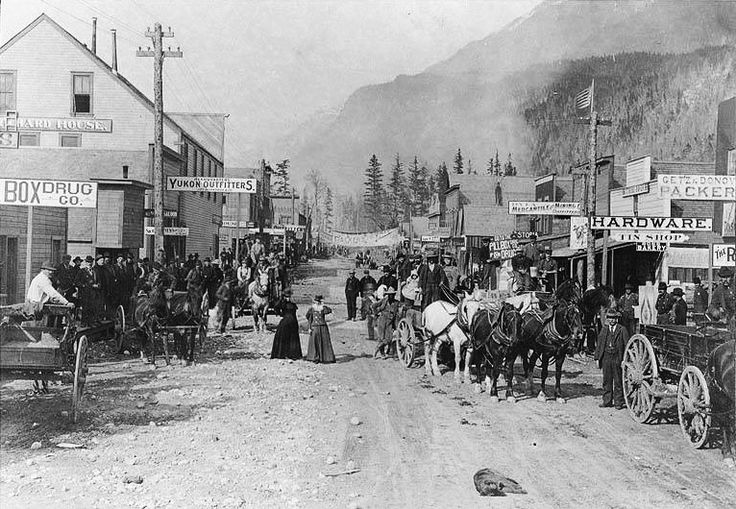
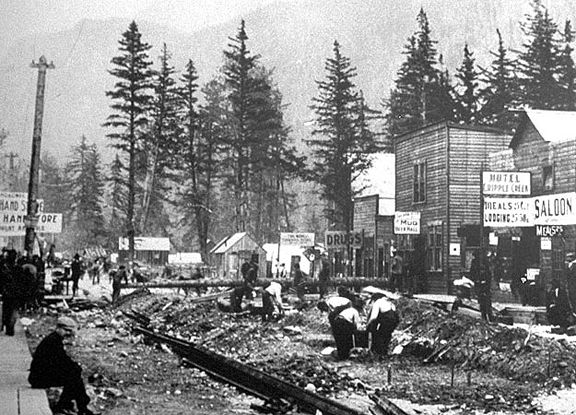
The 1898 routes from Skagway to the mining areas near Dawson City consisted of two trails that wound their way circuitously inland. A railway was needed and building the one hundred and ten miles of track was a challenge in every way. Construction required cliff hanging turns of 16 degrees, building two tunnels and numerous bridges and trestles. Work on the tunnel at Mile 16 took place in the dead of winter with heavy snow and temperatures as low as 60 below slowed the work. The workers reached the Summit of White Pass on February 20, 1899, and by July 6, 1899, construction reached Lake Bennett and the beginning of the river and lakes route.
Our 2024 excursion was by rail car. Water was provided. And the trip was narrated throughout. It was an excellent experience. |
||||||||||||||||||||||
| These photos are from the Summit, where there was a Canadian Mounted Police station that ensured prospective miners had sufficient supplies to survive at least a year while mining. Those that did not were sent back until they could accumulate the reuired weight of food and supplies. For more information, type "How many pounds of supplies were miners required to have before being permitted to go onto the Alaskan gold fields?" into a search engine. | ||||||||||||||||||||||
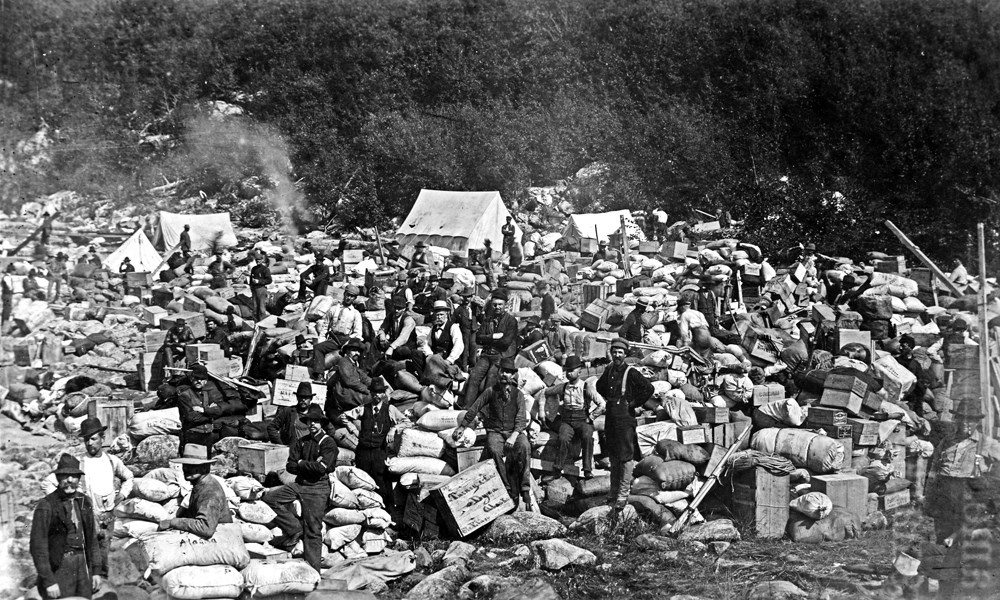
|
||||||||||||||||||||||
| A picture of supplies being accumulated to meet the "Ton of Goods" requirememt. | ||||||||||||||||||||||
|
||||||||||||||||||||||
| Home | ||||||||||||||||||||||




